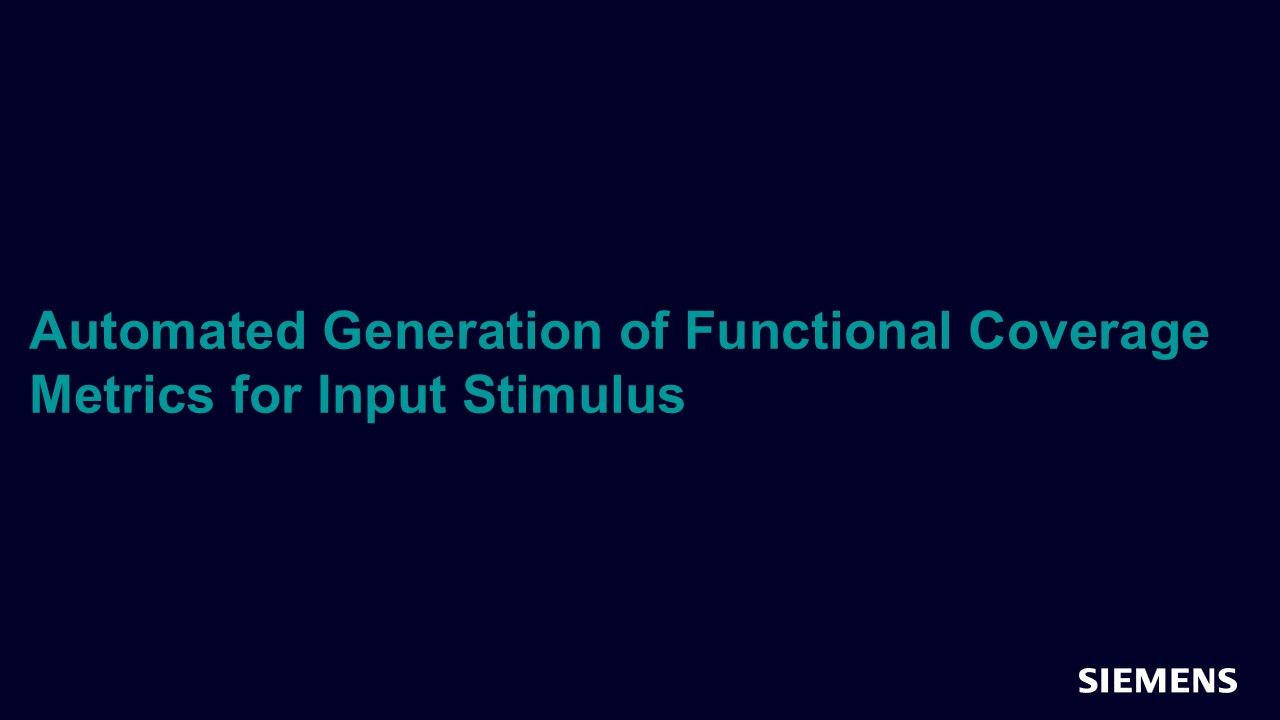Automated Generation of Functional Coverage Metrics for Input Stimulus
Questa inFact allows for graphical definition of the coverage goals and can, with the 10.1 release, automatically generate SystemVerilog covergroups from this definition, including the exclusions needed to accurately represent the achievable coverage. This article describes how this capability can simplify the definition of more comprehensive stimulus coverage metrics.

Full-access members only
Register your account to view Automated Generation of Functional Coverage Metrics for Input Stimulus
Full-access members gain access to our free tools and training, including our full library of articles, recorded sessions, seminars, papers, learning tracks, in-depth verification cookbooks, and more.